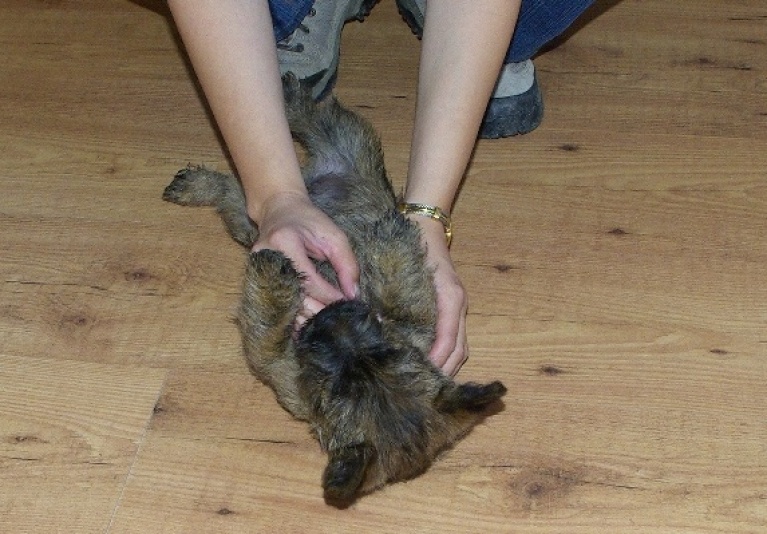- Get your pet acquainted with the RV a few days before leaving by
- bringing him/her inside and letting him explore the space on his/her own.
- having pet bowls, litter box, toys, etc set up as it will be on the road so they can get familiar with where those things will be.
- taking them on a quick ride to introduce them to the motion and sounds of an RV.
- Plan for plenty of stops for your pet when traveling. Consider a pet pen that you can set up at each stop that will allow some time for exercise, a breath of fresh air and no leash. Keep a leash handy for walks and bathroom breaks.
- Bring your pet’s favorite items from home such as treats, toys, beds and blankets. The familiar items and scents will help them better adjust to life on the road.
- Make sure your pet is up-to-date with vaccinations before departing. Have all paperwork available and organized. You may travel in areas that could expose them to new illnesses and viruses. Talk to your vet before leaving about any appropriate additional preventative measures.
- When planning a trip, make sure to book at a pet-friendly campground. There are plenty of online resources (state specific, AAA, etc.) to aid in your search.
- Be mindful of the weather, especially in extreme climates like the desert or mountains. Your dog or cat can get overheated or chilled quickly, so watch them closely and find ways to help keep them comfortable and healthy.
- Consider finding the closest pet care facility to your campground in case of health emergencies, and make sure they have a proper ID tag attached to their collar in case they wander off.
Try to stick to the normal routine when it comes to meals, walks, bedtime, etc. Pets are creatures of habit and will adapt to a new space quicker if simple schedules are kept the same.
The above tips are some tried and true methods of keeping your pet happy and healthy along the way, but they are certainly not the only approaches RVers have come up with to help pets adjust. Each pet has a different personality, and with these tips, you and your pet partner will enjoy life motoring down that lonesome highway.
The content is not medical advise, nor is it intended to be a substitute for veterinary treatment or care. First, consult with your veterinarian before use.

